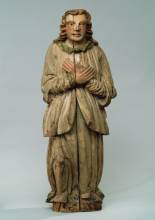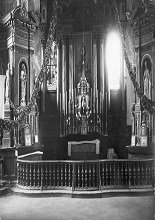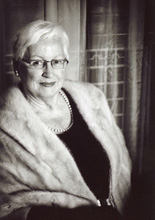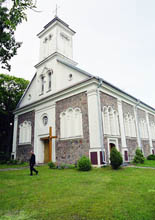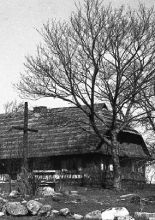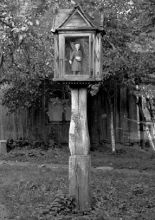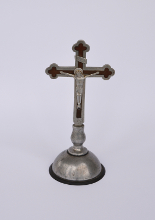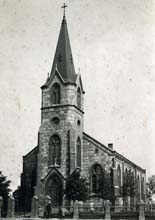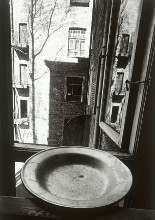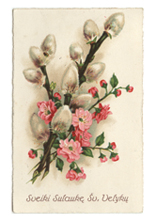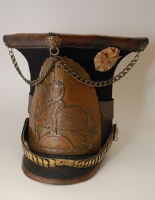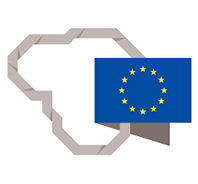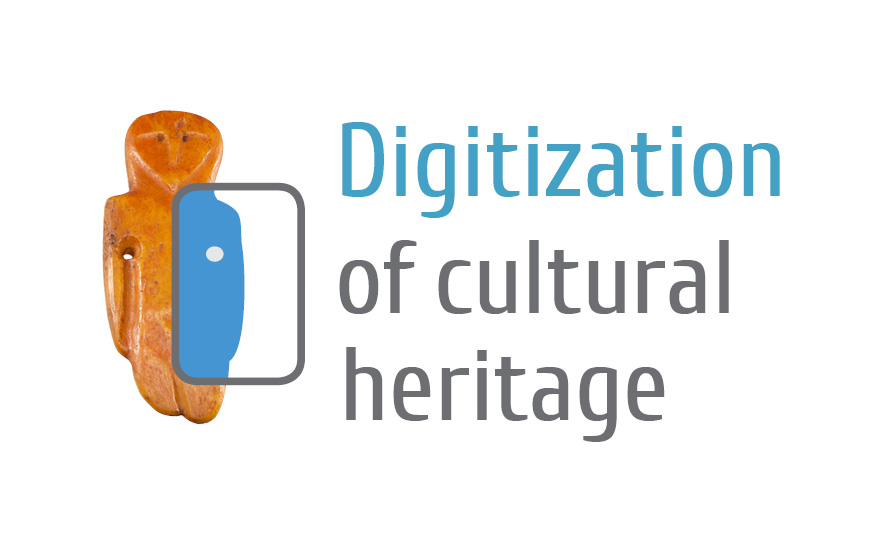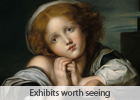Algirdas Žukauskas’ photographs of Soviet Kaunas: from streets of the old town to industrial areas
Photographs by Algirdas Žukauskas comprise the largest one author’s collection housed at the M. K. Čiurlionis National Museum of Art. Black and white, colour images, negatives, slides and other exhibits (more than 52,000 pieces) were taken in between the 1960s and the 1980s. In 2003, a short time before his death, the author donated all his photographic legacy to the museum.
A. Žukauskas was born on 20 May 1925 in Kaunas and lived in this city throughout all his life. He never studied photography but devoted his entire activity to this kind of art. In order to be officially engaged in photography, like other photographers of the Soviet-era, he had to be employed in a state institution or become a member of an official organization. A. Žukauskas joined the Lithuanian Union of Art Photographers and worked at several public organizations. One of his workplaces was a photo studio “Pažanga” (Progress) in Laisvės avenue, not far from the St. Michael the Archangel’s (or the Garrison) Church. Apart from taking portrait or group photographs, his main duty was that of a press-photographer in the editorial office of the Association of Household Service enterprises “Aušra” (Daybreak). This was a rather active occupation, he had to submit a large number of photographs to be selected for weekly publications.
The museum’s collection consists mainly of photographs and negatives taken for the newspaper “Už gražią buitį” (For the Beautiful Household): factories, enterprises, employers and employees, advanced workers or winners of socialist competitions. There are also numerous photographs featuring stores, restaurants, cafes, offices including their personnel, buyers or customers. One more group of photographic images presents various city or factory events, fairs, competitions, sports festivals, Soviet feast parades, arrivals of delegations, meetings, etc.
This virtual exhibition reflects the city of Kaunas of the Soviet period – public or administrative buildings under construction or newly built, new apartment districts. The city’s daily life will surely draw attention: images of the old town of Kaunas, new areas, streets, squares, characteristic buildings, signboards of various institutions, shop-windows, billboards, monuments, sculptures, bas-reliefs, green areas of the town, street illumination, fountains, and, of course, passers-by, their clothing, public and private transport, and a great many of more or less noticeable signs of the time.
Prepared by Aidas Kulbokas


